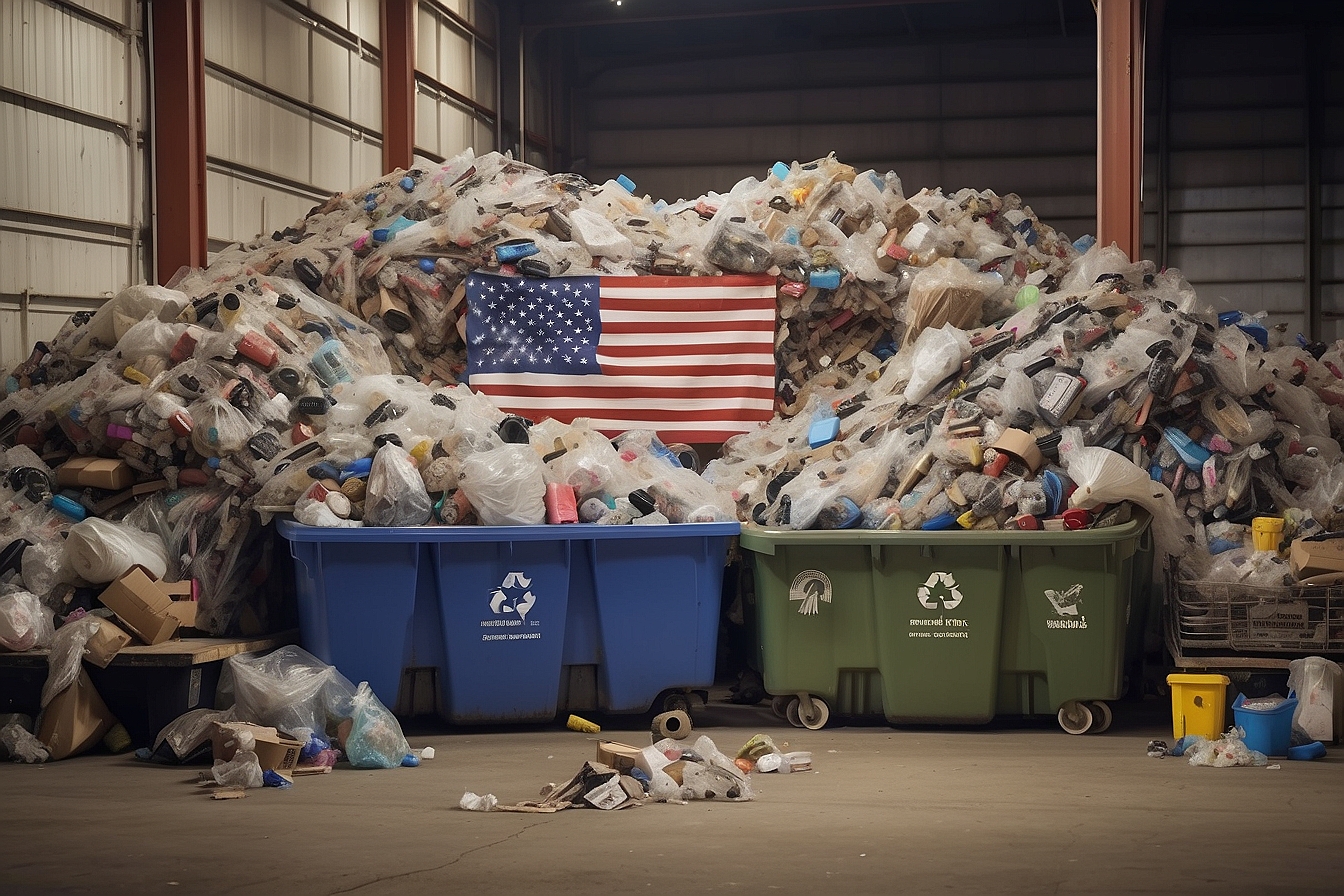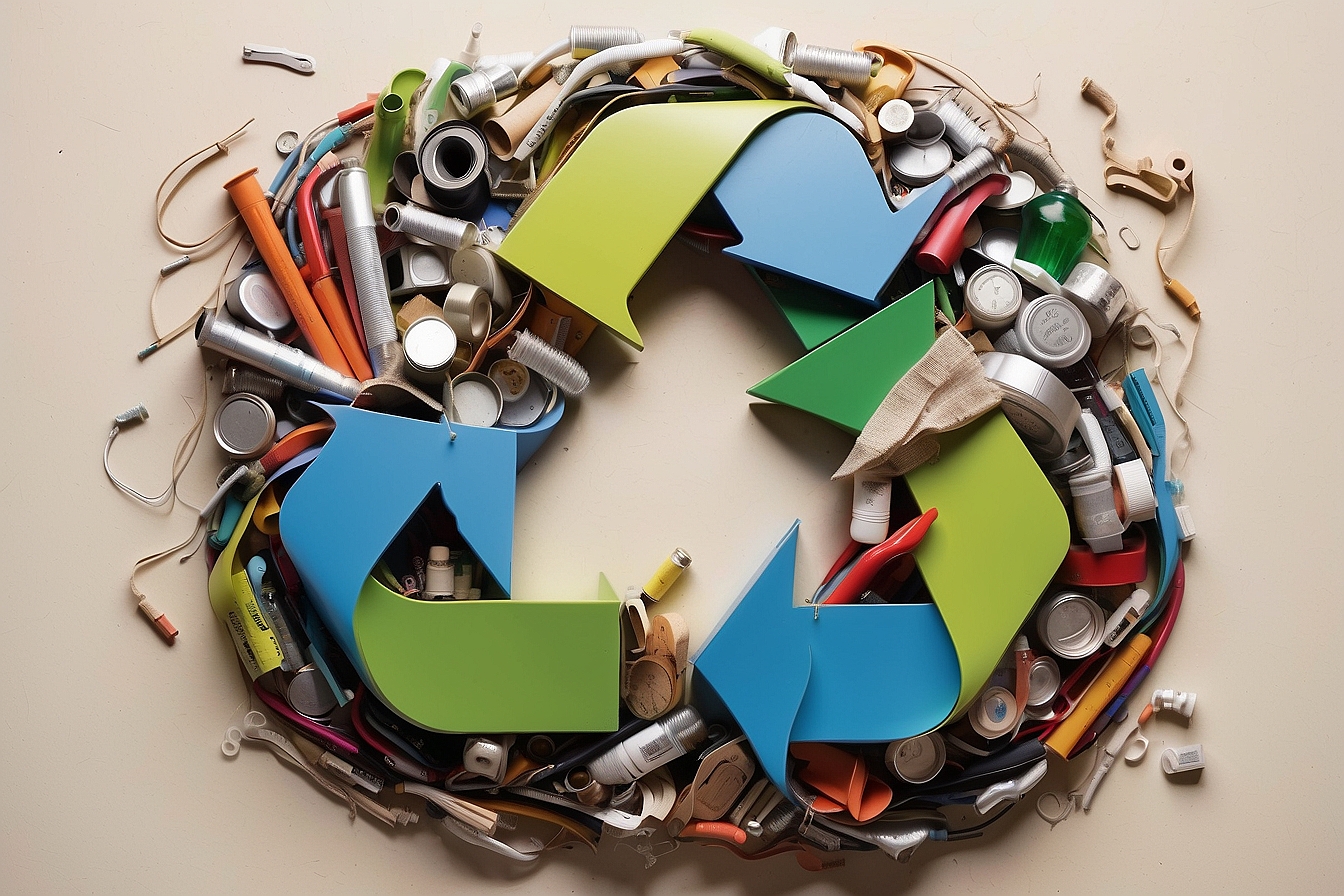It’s a scene we’re all too familiar with: plates heaped with uneaten food, making their sorry journey back to the kitchen only to be discarded. It’s not just a shame; it’s an issue that touches us deeply.
Astonishingly, restaurants across the UK find themselves disposing of nearly 900,000 tonnes of food every year. We’re stepping up with down-to-earth advice aimed at tackling this problem head-on.
Join us as we explore hands-on tactics that can genuinely lessen waste in our beloved dining establishments. Ready? Let’s roll up our sleeves and get to grips with cutting back on waste – because every little helps!
Key Takeaways
- Restaurants in the UK discard almost 900,000 tonnes of food each year, with spoilage, oversized portions, spillages and recooking due to errors contributing significantly.
- To curtail waste, implementing a FIFO system for inventory management is essential alongside adjusting portion sizes based on customer demand and feedback.
- Proper training for staff on handling and storage can minimise spillages and extend the use of leftovers, using methods like airtight containers and clear labelling.
- Waste reduction policies such as conducting audits, keeping a waste journal, optimising orders to prevent overstocking plus tracking disposal through food waste trackers are vital components in making restaurants more sustainable.
The Problem of Food Waste in the Restaurant Industry
Food waste in the restaurant industry is a significant issue, leading to environmental harm and financial loss. Causes of waste include spoilage, miscalculated portions, food spillage, and refires.
Implementing sustainable practices can help reduce food waste and its impact on the environment.
Causes of Waste (spoilage, miscalculated portions, food spillage, refires)
- Spoilage occurs when ingredients are not used before they go bad. We must manage our inventory better, applying a first-in-first-out (FIFO) method to ensure older stock is used up before newer supplies.
- Miscalculated portions lead to excess food on customers’ plates that often ends up in the bin. Our solution involves customising menu offerings and adjusting serving sizes based on demand and feedback.
- Food spillage happens during meal preparation or service. To combat this, we enforce strict handling procedures and provide training to staff for careful transfer and serving of food.
- Refires are additional orders cooked due to mistakes or customer dissatisfaction. We strive to perfect our dish presentation and quality control checks to minimise the need for recooking meals.
Solutions for Waste Reduction (waste audit, waste journal, order optimisation, restaurant policies, FIFO method, inventory control, recipe management, food waste tracker, proper storage)
Tips for Reducing Food Waste in Restaurants
– Customising menu and portion sizes to match customer demand, properly storing and handling leftovers to extend their use, and implementing waste-reducing policies and strategies are effective ways for restaurants to minimise food waste.
Customising menu and portion sizes
Customising menu and portion sizes can significantly reduce food waste in restaurants. It allows for better control of inventory and prevents overproduction. This practice also aligns with sustainability and supports environmentally conscious consumer behaviour.
- Tailoring portion sizes to the needs of the customer base can help minimise leftovers and plate waste.
- Offering flexible menu options, such as half portions or sharing platters, reduces the risk of uneaten food being discarded.
- Implementing a “build your own” option for dishes enables customers to select only the ingredients they prefer, minimising potential waste.
- Regularly updating menus based on seasonal availability of ingredients ensures efficient use of resources and minimises excess stock.
Properly storing and handling leftovers
- Utilise airtight containers to store leftovers to maintain freshness and prevent spoilage.
- Label leftovers with the date to ensure they are used within a safe timeframe.
- Implement a clear storage system, where older items are placed at the front for quick use.
- Train staff on proper storage techniques and rotation of leftover food items.
- Regularly monitor the inventory of leftover items to identify overstocked or unused products.
Implementing waste-reducing policies and strategies
To reduce food waste in restaurants, we can implement various policies and strategies.
- Establish a waste audit to identify areas of high waste generation.
- Implement a waste journal to record daily or weekly wastage data.
- Optimise food orders to prevent over – purchasing and excess inventory.
- Set restaurant policies that prioritise reducing waste at every stage of food preparation and service.
- Utilise the FIFO method (first in, first out) for inventory control to ensure older stock is used before newer stock.
- Manage recipes to ensure accurate portioning and minimise excess preparation.
- Track food waste trends regularly using a food waste tracker to monitor improvements and identify areas for further reduction.
- Ensure proper storage practices are followed to extend the shelf life of perishable items.
Conclusion
In conclusion, waste reduction in the restaurant industry requires proactive measures. Customising menu and portion sizes can minimise food wastage. Implementing waste-reducing policies and strategies is crucial for sustainable restaurant operations.
Properly storing and handling leftovers is essential for minimising kitchen waste. Efficient food inventory management also plays a key role in reducing food waste.
FAQs
1. What is waste reduction in the restaurant industry?
Waste reduction in the restaurant industry focuses on managing food waste, implementing efficient food inventory management and recycling, to lower environmental impact and promote sustainable restaurant operations.
2. How can restaurants reduce their food waste?
Restaurants can cut down on food waste by conducting a waste audit, practising portion control, sourcing food sustainably, preventing spoilage and participating in the zero-waste movement.
3. What are some eco-friendly practices for reducing kitchen waste?
Eco-friendly practices include composting organic material, recycling appropriate items, using every part of the ingredients to minimise leftovers and ensuring resource management processes are efficient.
4. Why is it important for restaurants to focus on sustainability?
Focusing on sustainability helps prevent environmental damage caused by excessive food waste while also contributing to cost savings through effective strategies like portion control and sustainable sourcing.
5. Can implementing a ‘food recycling’ programme help reduce waste in restaurants?
Yes! Implementing a ‘food recycling’ programme enables restaurants to turn scraps into compost or donate unused edible foods; these actions significantly contribute towards eco-friendly resource management measures within the industry.





